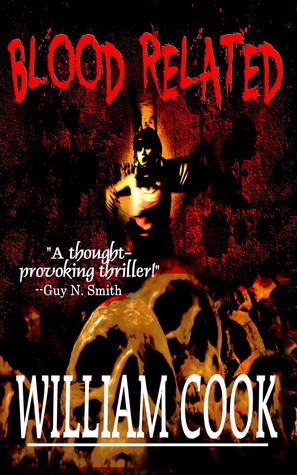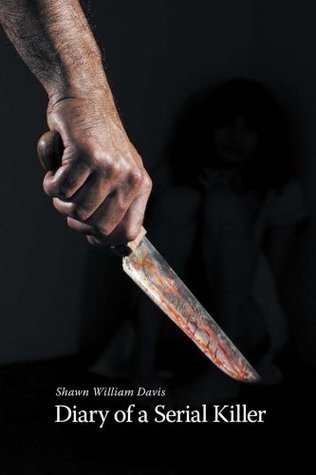
The Killing Kind
Book Description
Blood runs cold in a town where everyone hides secrets, and one man’s past is a ticking time bomb. As darkness creeps in, an unlikely bond forms between a troubled girl and a sensitive soul marked by tragedy, igniting a chain reaction of primal instincts and desperate choices. With each revelation, trust shatters, and danger looms larger, blurring the lines between hunter and prey. As they spiral deeper into a web of betrayal and violence, one question haunts them: can they escape the pull of fate, or are they destined to become the very darkness they flee from?
Quick Book Summary
"The Killing Kind" by Bryan Smith is a pulse-pounding horror thriller set in a secluded town seething with secrets. The story centers on a sensitive, haunted man grappling with a violent past and a troubled teenage girl seeking escape from her own demons. As their fates collide, paranoia and violence erupt, forcing each character to confront not only the external dangers lurking in the shadows but the darkness embedded within themselves. Tense, visceral, and relentless, the novel explores the nature of evil, cycles of trauma, and the desperate acts people commit when backed into a corner. Alliances turn to betrayals, and survival comes at an unspeakable cost as the line between victim and predator becomes fatally blurred. In the end, "The Killing Kind" challenges the notion of fate and redemption, leaving the reader questioning who, if anyone, can truly escape the darkness.
Summary of Key Ideas
Table of Contents
Secrets and Small-Town Darkness
A quiet town serves as an ominous backdrop for the explosive events that unfold in "The Killing Kind." Behind closed doors, the townsfolk harbor disturbing secrets and personal traumas. The novel’s protagonist—a sensitive but deeply scarred man—has returned to his hometown, bringing with him a past rife with violence and regret. Amid murky motives and unresolved grievances, the atmosphere grows ever more tense, setting the stage for a brutal reckoning.
Breaking Points and Primal Instincts
The arrival of a troubled teenage girl seeking solace from her own abusive environment forges a compelling, uneasy bond between her and the protagonist. Both characters are drawn together by their shared experience of pain and outsider status. Their alliance provides a fleeting sense of hope but also attracts the attention of those who would exploit or destroy them. This tenuous connection serves as the catalyst for the unraveling of carefully guarded facades within the community.
Unlikely Connections and Broken Trust
As pressures mount, characters are forced to make split-second decisions driven by survival instincts and desperation. Betrayals and violence ripple through the narrative, shattering illusions of safety and trust. The relentless pace and vivid descriptions immerse the reader in the fear, confusion, and primal terror experienced by the characters as they try to outpace both literal and metaphorical hunters.
Cycle of Violence and Trauma
Themes of trauma and cyclical violence underpin the unfolding events. The characters’ attempts to break free of their histories are thwarted by circumstances often beyond their control. As the lines blur between hunter and prey, the story examines how easily fear and pain can tip ordinary people into unthinkable acts. The consequences of these acts echo throughout the community, perpetuating patterns of suffering and retribution.
Fate, Choice, and the Nature of Evil
The novel ultimately interrogates the tension between fate and free will. As the protagonists are drawn deeper into the town’s vortex of violence, they must confront the darkness within themselves as fiercely as the dangers without. The final act leaves the question unresolved: can they ever truly escape, or are they doomed to repeat the sins of the past? "The Killing Kind" closes with a haunting uncertainty, compelling readers to reflect on how our choices define us—sometimes as much as the things we try to escape.
Download This Summary
Get a free PDF of this summary instantly — no email required.





